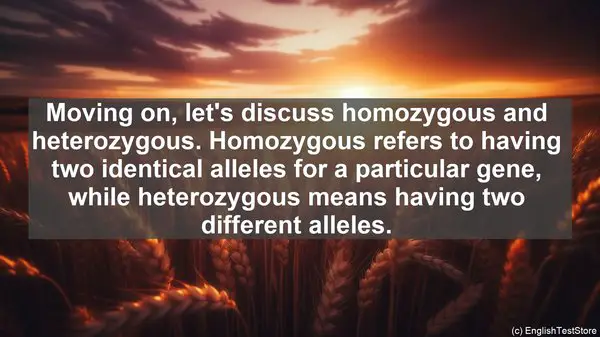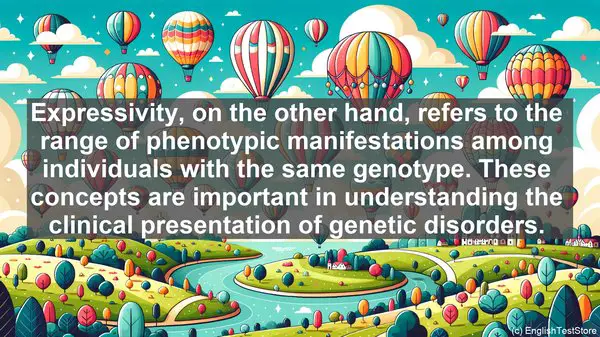Introduction to Neurogenetics
Welcome to this lesson on the top 10 commonly confused words in neurogenetics. Before we dive into the specifics, let’s have a quick overview of what neurogenetics is all about. Neurogenetics is the study of how genes influence the structure and function of the nervous system. It’s a fascinating field that combines elements of genetics and neuroscience.
1. Gene vs. Allele
One of the first concepts that can be confusing is the difference between a gene and an allele. A gene is a specific segment of DNA that contains the instructions for making a particular protein. On the other hand, an allele is a variant form of a gene. For example, the gene for eye color has different alleles, such as blue, brown, or green.
2. Genotype vs. Phenotype
Next up, we have genotype and phenotype. Genotype refers to the genetic makeup of an individual, the specific combination of alleles they possess. Phenotype, on the other hand, is the observable characteristics of an individual, which can be influenced by both genetic and environmental factors. For example, while someone may have the genotype for tallness, their phenotype may be influenced by factors like nutrition and exercise.
3. Homozygous vs. Heterozygous
Moving on, let’s discuss homozygous and heterozygous. Homozygous refers to having two identical alleles for a particular gene, while heterozygous means having two different alleles. This distinction is crucial when studying inheritance patterns. In some cases, a homozygous individual may express a trait more strongly than a heterozygous individual.
4. Dominant vs. Recessive
Dominant and recessive are terms often encountered in genetics. A dominant allele is one that is expressed in the phenotype even if there’s only one copy, while a recessive allele is only expressed if there are two copies. This is why some genetic conditions, like certain types of color blindness, are more commonly seen in males. Since males have only one X chromosome, a recessive allele on that chromosome will be expressed.

5. Mutation vs. Polymorphism
When it comes to genetic variations, two terms that often come up are mutation and polymorphism. A mutation is a permanent change in the DNA sequence, which can have various effects, from causing genetic disorders to providing an advantage in certain situations. On the other hand, a polymorphism is a variation that is relatively common in the population and usually doesn’t cause any significant health issues.
6. Exon vs. Intron
In the context of gene structure, we have exons and introns. Exons are the coding regions of a gene that contain the instructions for making a protein. In contrast, introns are non-coding regions that are transcribed into RNA but are later removed during the process of protein synthesis. This removal of introns is a crucial step in gene expression.
7. Genome vs. Epigenome
The terms genome and epigenome refer to different levels of genetic information. The genome is the complete set of genetic material, including all the genes and non-coding DNA. On the other hand, the epigenome refers to the chemical modifications that can influence gene expression without changing the underlying DNA sequence. These modifications can be influenced by factors like diet and stress.
8. Linkage vs. Association
When studying the relationship between genes and traits, two terms that often come up are linkage and association. Linkage refers to the physical proximity of genes on a chromosome, which can result in them being inherited together. Association, on the other hand, refers to a statistical relationship between a genetic variant and a trait. Association studies are often used to identify genetic factors involved in complex diseases.
9. Penetrance vs. Expressivity
Penetrance and expressivity are terms used to describe the variability in how a genetic trait is expressed. Penetrance refers to the proportion of individuals with a particular genotype who actually show the associated phenotype. Expressivity, on the other hand, refers to the range of phenotypic manifestations among individuals with the same genotype. These concepts are important in understanding the clinical presentation of genetic disorders.

10. Genetic Counseling vs. Genetic Testing
Lastly, let’s clarify the difference between genetic counseling and genetic testing. Genetic counseling involves providing information and support to individuals and families who may be at risk for a genetic condition. It helps them understand the implications of genetic factors and make informed decisions. Genetic testing, on the other hand, involves analyzing a person’s DNA to identify specific genetic variants or mutations.
